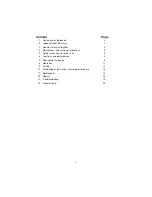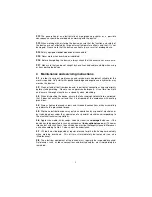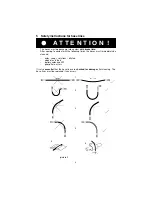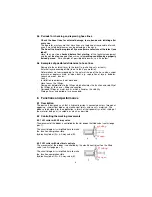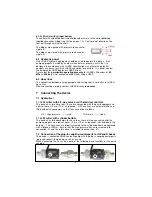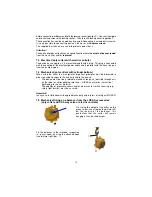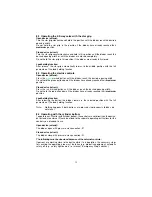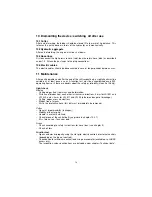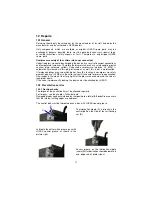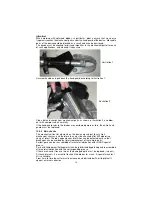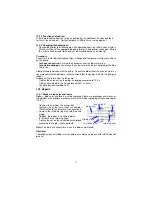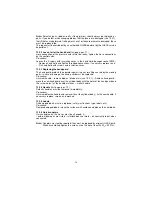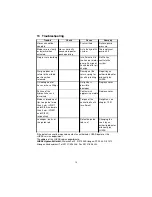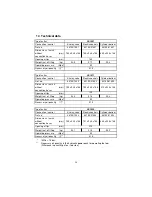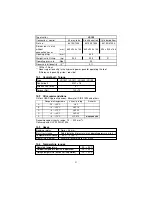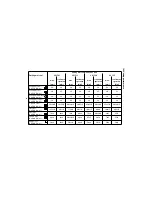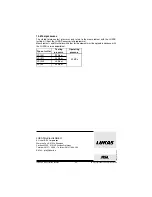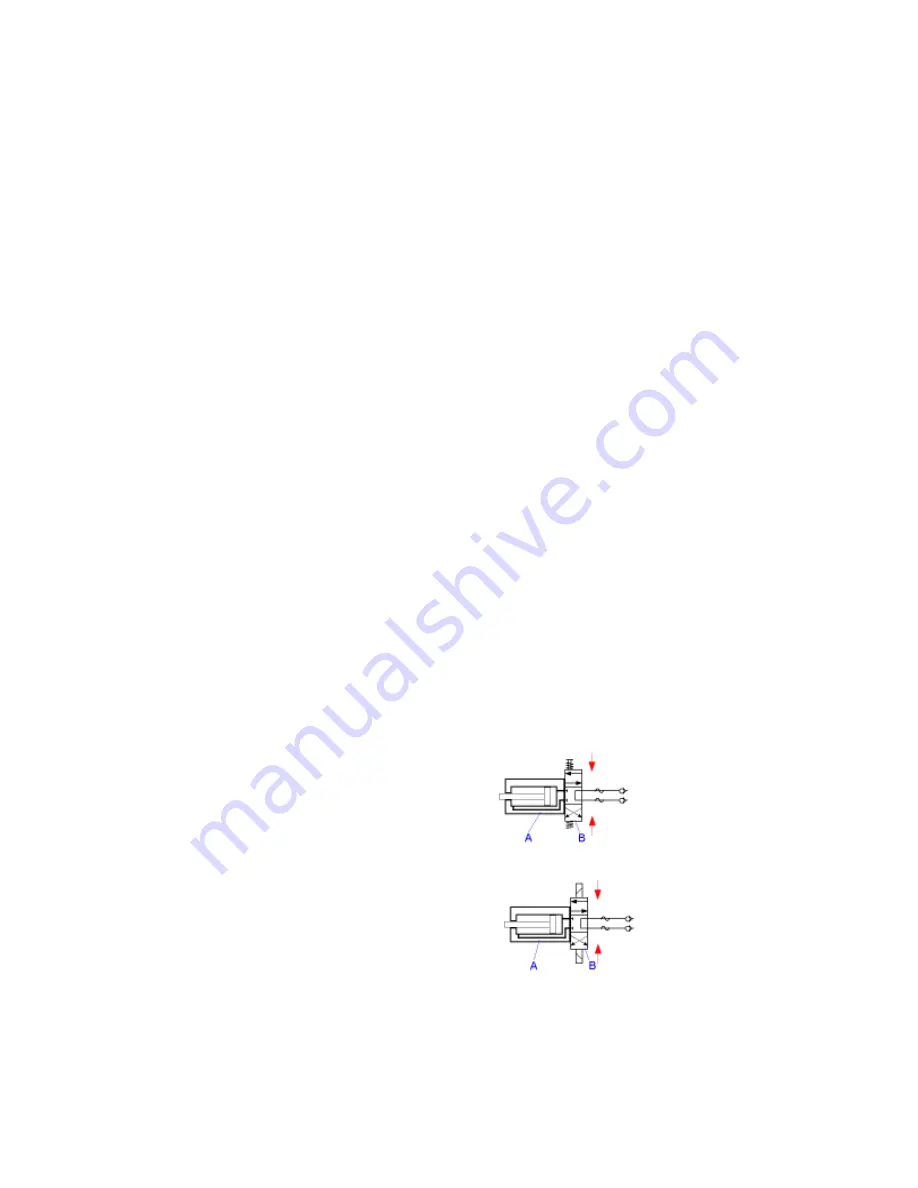
8
cutting
open
5.5 Periods for checking and replacing hose lines
-
Check the hose lines for external damage, tears, bends and inflating after
every use
.
-
The operator must ensure that hose lines are replaced at reasonable intervals,
even if no safety deficiencies can be detected on the hose.
-
The hose line must be replaced 10 years after manufacture at the latest (see
label)!
-
Hose lines must be
checked before first start-up
of the technical equipment
and then
at least once a year to
ensure a safe
working condition by a properly
trained person
. For examples of possible deficiencies, see 5.6 below.
5.6 Examples of possible deficiencies to hose lines
-
Damage to the external layer to the insert (e.g. chafing, cuts or tears).
-
External layer becoming brittle (tears to the hose material).
-
Deformations not corresponding to the natural shape of the hose when under
pressure or depressurised, or when bent, e.g. separation of layers, bubbles,
squashed areas, bends.
-
Leaks.
-
Installation requirements not observed.
-
Hose leaves the fittings.
-
Damage or deformation to the fittings which alleviates the function and stability of
the fittings or the hose – fittings connection.
-
Corroded fittings or metal inserts, which alleviates the stability.
-
Storage times and period of use exceeded.
6
Functions and performance
6.1 Description
The device is designed such that a hydraulic piston is connected across two equal,
opposing, symmetrical blades via mechanical joints and so cuts materials. The
blades are designed for the application in terms of their geometry so that sliding of
the material being cut is avoided as much as possible.
6.2 Controlling the working movements
6.2.1 LSI cutter with 4/3-way valve
The movement of the blades is controlled by the star grip on the fitted valve (see first page
pos. 1).
The circuit diagram is simplified here to make
the function comprehensible
(hydraulic cylinder (A) + 4/3-way valve (B).
6.2.2 LSI cutter with electrical controls
The movement of the blades is controlled by the electric control unit on the fitted
valve (see first page pos. 2).
The circuit diagram is simplified here to make
the function comprehensible
(hydraulic cylinder (A) + 4/3-way valve (B).
cutting
open


